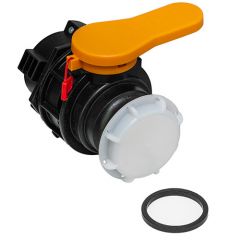We use cookies to improve your experience. By visiting this website, you agree to our Privacy Policy and Terms and Conditions.
IBC Valves
-
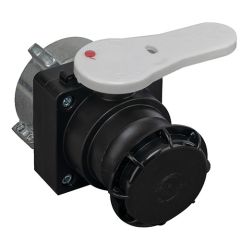 LDPE IBC Ball Valve - 2 1/8 Inch Male QD CouplerGCIV-2-75-QLVMC2-1-8Special Price $11.50 / each
LDPE IBC Ball Valve - 2 1/8 Inch Male QD CouplerGCIV-2-75-QLVMC2-1-8Special Price $11.50 / each
Regular Price $32.50 Save $21.00 -
 Polypropylene Ball Valve, Quick Disconnect, Greif IBCsBVGFQD-VSpecial Price $2.25 / each
Polypropylene Ball Valve, Quick Disconnect, Greif IBCsBVGFQD-VSpecial Price $2.25 / each
Regular Price $16.00 Save $13.75 -
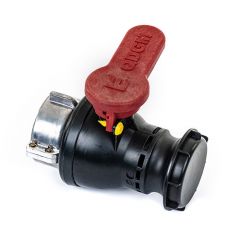 2 1/4” Ball Valve NPT, Camlock Outlet, Mauser ®/Greif ®, Metal CollarGM IV-2MG-QLEMC/2.25$19.00 / each
2 1/4” Ball Valve NPT, Camlock Outlet, Mauser ®/Greif ®, Metal CollarGM IV-2MG-QLEMC/2.25$19.00 / each
Take Control of Your Liquid Products for Your IBCs.
Direct the passage of fluid from out of your intermediate bulk container with BASCO’s IBC tote valves.
Here are key the different features and benefits our various IBC valves have to offer:
- Designed to fit particular IBCs like Schutz ® and Clawson S75
- Available with 2 gasket types: High temperature, fuel, chemicals, oil, and acid resistant EPDM or Viton ®
- Large, easy to operate handles
- Have a quick disconnect/camlock outlet (no mechanical tools required for this press on valve with its easy, positive, fast connection) or NPT outlet (U.S. standard tapered thread for extremely tight seals)
- Some have internal LDPE seals with a foil seal outlet to provide you with tamper evidence
- Dust caps to keep particles and contaminants out of your products
- Metal or nylon collars
- Some are FDA compliant to use in food applications
What is the difference between a butterfly, ball, and cylinder valve?
Very good question.Here’s the answer. They’re all specialty designs of IBC valves:
- IBC ball valves and cylinder valves contain either an internal round ball or internal cylinder with a hole in it so that when the handle is turned, the opening turns to allow product to flow.
- Butterfly valves have a disk mounted on a rotating shaft so that when the valve is fully closed, the disk completely blocks the line. When fully opened, the disk is at a right angle to the flow of gas or liquid.



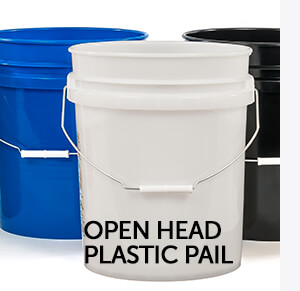

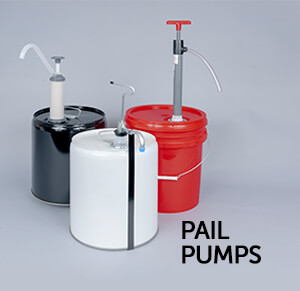
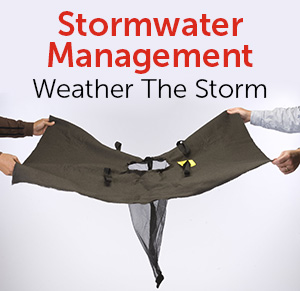



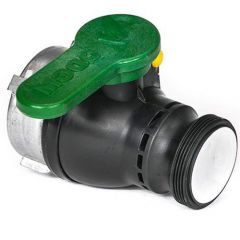

_(2)_(2).jpg)
_(2)_(3).jpg)
.jpg)




